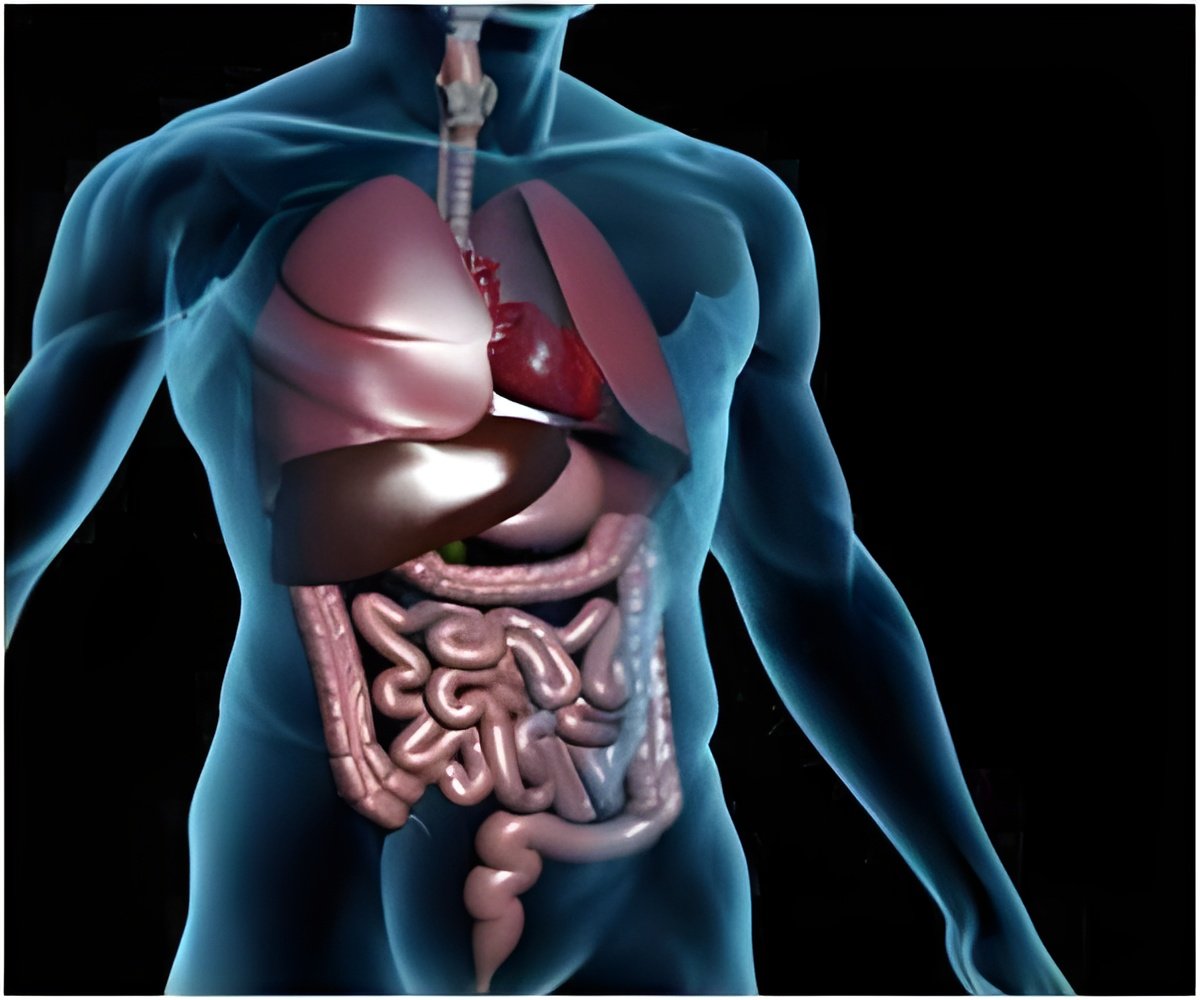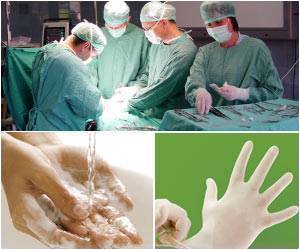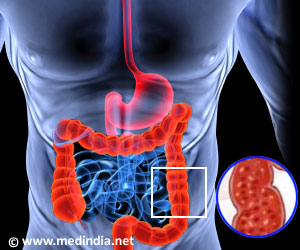Gastroenterologists are evaluating a new procedure for patients with gastrointestinal (GI) leaks and perforations, and outcomes have been promising.

‘Gastroenterologists are evaluating a new procedure for patients with gastrointestinal (GI) leaks and perforations, and outcomes have been promising.’





Dr. Leeds' latest paper on the subject, Endoluminal Vacuum Therapy for Esophageal and Upper Intestinal Anastomotic Leaks, was published online by the journal JAMA. Co-authors are James S. Burdick and James W. Fleshman also on the medical staff at Baylor University Medical Center and investigators with Baylor Scott & White Research Institute. This procedure isn't new-at least not in general surgery. Surgeons have used the method to promote healing for decades. It wasn't until 2008 that researchers in Germany used this method for GI wounds. Then, in 2013, surgeons at Baylor tried the procedure on a patient who had exhausted all other options for treating an esophageal leak.
By using the tried-and-true method for treating surgical wounds inside the body, researchers were able to effectively patch the hole, stop the leakage and heal patients who were otherwise too sick for surgery.
"It actually works really well," Dr. Leeds said. "It's probably changed the face of how surgeons take care of wounds." He added, "We have been able to rescue patients from hospice, accept patients from other hospitals who have had major surgical complications and use this technique in ways it's never been described before. In all these situations, the patients have had good outcomes and restored their ability to eat when they hadn''t been able to in the past."
Since 2013, Dr. Leeds and fellow gastroenterologists on the medical staff at Baylor University Medical Center have performed this procedure on 46 patients, published a paper in Surgical Endoscopy (with one more pending) and presented the E-Vac method at three conferences. Most recently, Dr. Leeds discussed successes with this procedure at the North Texas Chapter - American College of Surgeons 2016 Annual Meeting.
Advertisement
"The outcomes have been remarkable," he said. "It''s very exciting. This is truly a novel approach to healing GI perforations and leaks from surgery."
Advertisement
Source-Newswise










